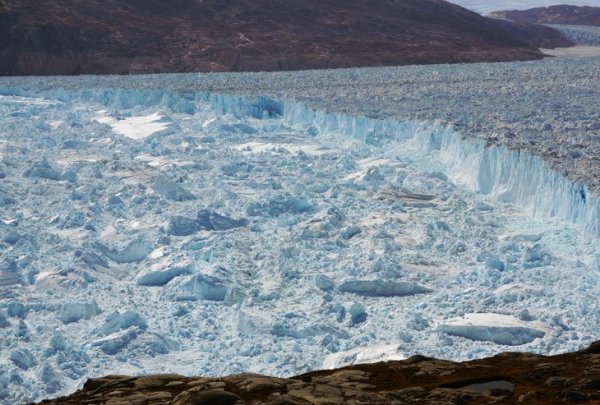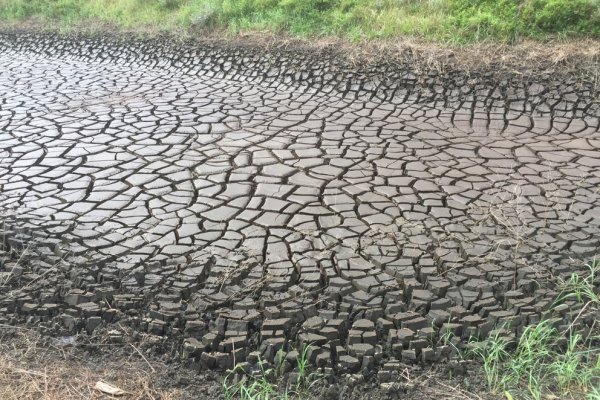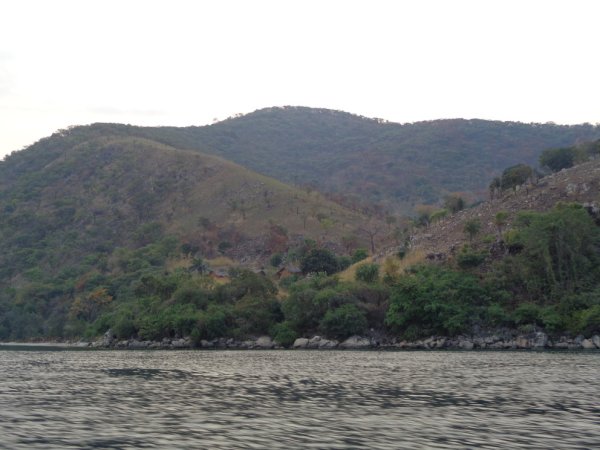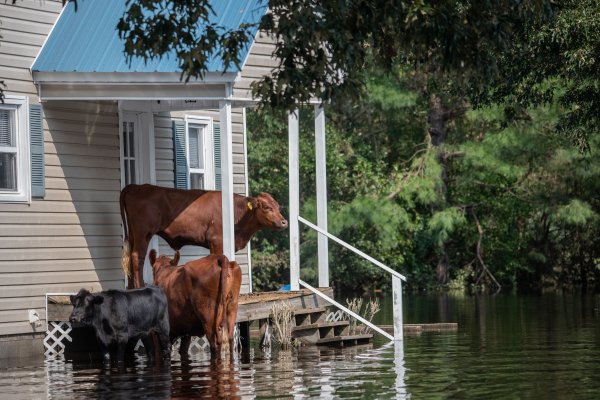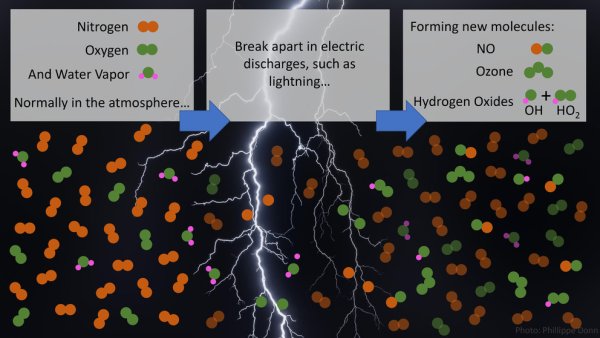Antarctic ice model shows unstoppable sea level rise if Paris target is not met
| news.psu.edu
The world is currently on track to exceed 3 degrees Celsius (5.4 degrees Fahrenheit) of global warming by the year 2100, and new research shows that such a scenario would drastically accelerate the pace of sea-level rise.
Three selected as Administrative Fellows for 2021-22
| news.psu.edu
The Administrative Fellows Program offers Penn State faculty and staff the opportunity to work with senior University officers to gain knowledge and experiences pertaining to the challenges of leadership in the academic community. The Administrative Fellows for 2021-22 are Carrie Jackson, Erica Smithwick and Kristin Sykes.
Penn State to lead critical minerals consortium powered by $1.2 million from DOE
| news.psu.edu
A region famous for the coal that once fueled a growing nation is now the focus of a $1.2 million project, led by Penn State researchers, aimed at establishing domestic supplies of critical minerals needed to produce modern technology from cell phones to fighter jets.
Landscape shows earliest effects of modern humans using fire to shape ecosystem
| news.psu.edu
New archaeological and paleoenvironmental evidence from Lake Malawi, Africa, shows that early modern humans used fire in a way that prevented regrowth of the region’s forests and created the sprawling bushland that exists today, according to researchers.
Early humans used fire to permanently change the landscape tens of thousands of years ago in Stone Age Africa
| theconversation.com
Combining evidence from archaeology, geochronology and paleoenvironmental science, researchers identified how ancient humans by Lake Malawi were the first to substantially modify their environment.
June 9 webinar to focus on adaptive architecture research, collaboration
| psu.edu
A June 9 interactive webinar will focus on adaptive architecture research, a critical component in the pursuit of the sustainable, equitable and resource-efficient future of the built environment. Attendees can share, collaborate and ideate new research ventures in preparation of the next Living Multifunctional Materials Collaborative Research Seed Grant Program.
Penn State EnvironMentors, Changing the STEM narrative
| by Lorraine Jones
First-generation, racially marginalized groups and women both remain underrepresented in science, technology, engineering, and math (STEM) education and careers. White women make up 18% of the STEM workforce compared to 49% of their white male counterparts. Racially marginalized groups continue to be in the single digits within the STEM workforce.
June 9 webinar to focus on adaptive architecture research, collaboration
| news.psu.edu
A June 9 interactive webinar will focus on adaptive architecture research, a critical component in the pursuit of the sustainable, equitable and resource-efficient future of the built environment. Attendees can share, collaborate and ideate new research ventures in preparation of the next Living Multifunctional Materials Collaborative Research Seed Grant Program.
Growing Impact: Wind energy's dirty secret
| Featuring Stephen Chmely, Christine Costello
Stephen Chmely and Chris Costello discuss how wind energy has a dirty secret surrounding the wind turbine blades and their disposal. The research team is exploring materials to reduce the waste associated with the blades.
Illnesses of controversial celebrities can negatively affect public health
| news.psu.edu
Not all public figures are equally beloved, and sometimes when more controversial celebrities get sick, it may negatively affect people’s health intentions. In a study of people’s reactions to radio host Rush Limbaugh’s announcement of a lung cancer diagnosis and Kentucky Sen. Rand Paul’s announcement of a diagnosis of COVID-19, researchers at Penn State found that those who took pleasure in their misfortune were themselves less likely to take steps to prevent lung cancer or COVID-19.
Homes in flood-prone areas should be getting cheaper. They're not.
| popsci.com
The cost of insurance for houses on floodplains should make them cheaper, but instead they cost the same. Here's why.
Lightning and subvisible discharges produce molecules that clean the atmosphere
| news.psu.edu
Lightning bolts break apart nitrogen and oxygen molecules in the atmosphere and create reactive chemicals that affect greenhouse gases. Now, a team of atmospheric chemists and lightning scientists have found that lightning bolts and, surprisingly, subvisible discharges that cannot be seen by cameras or the naked eye produce extreme amounts of the hydroxyl radical — OH — and hydroperoxyl radical — HO2.

